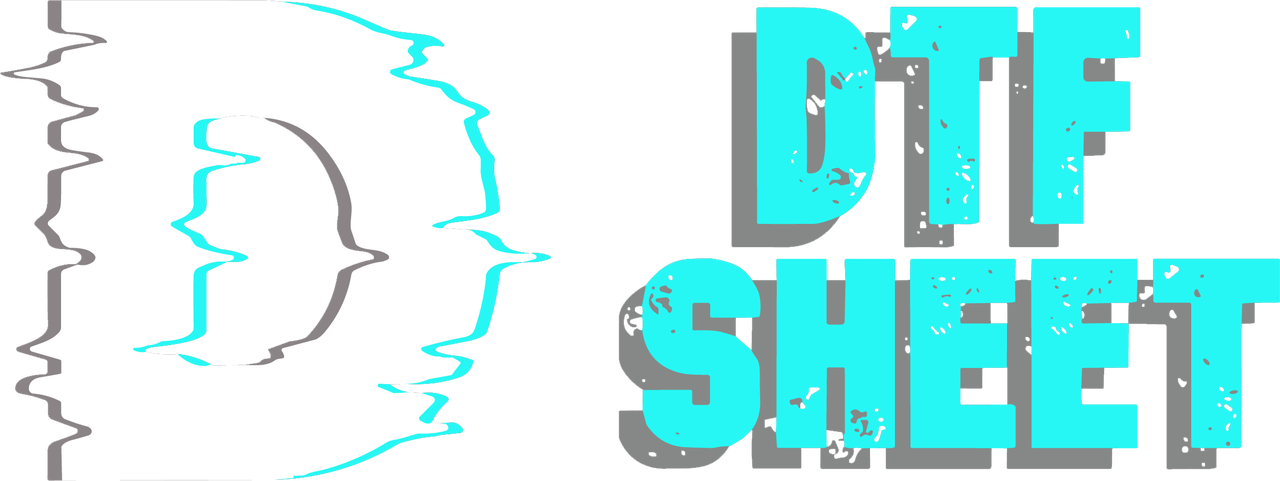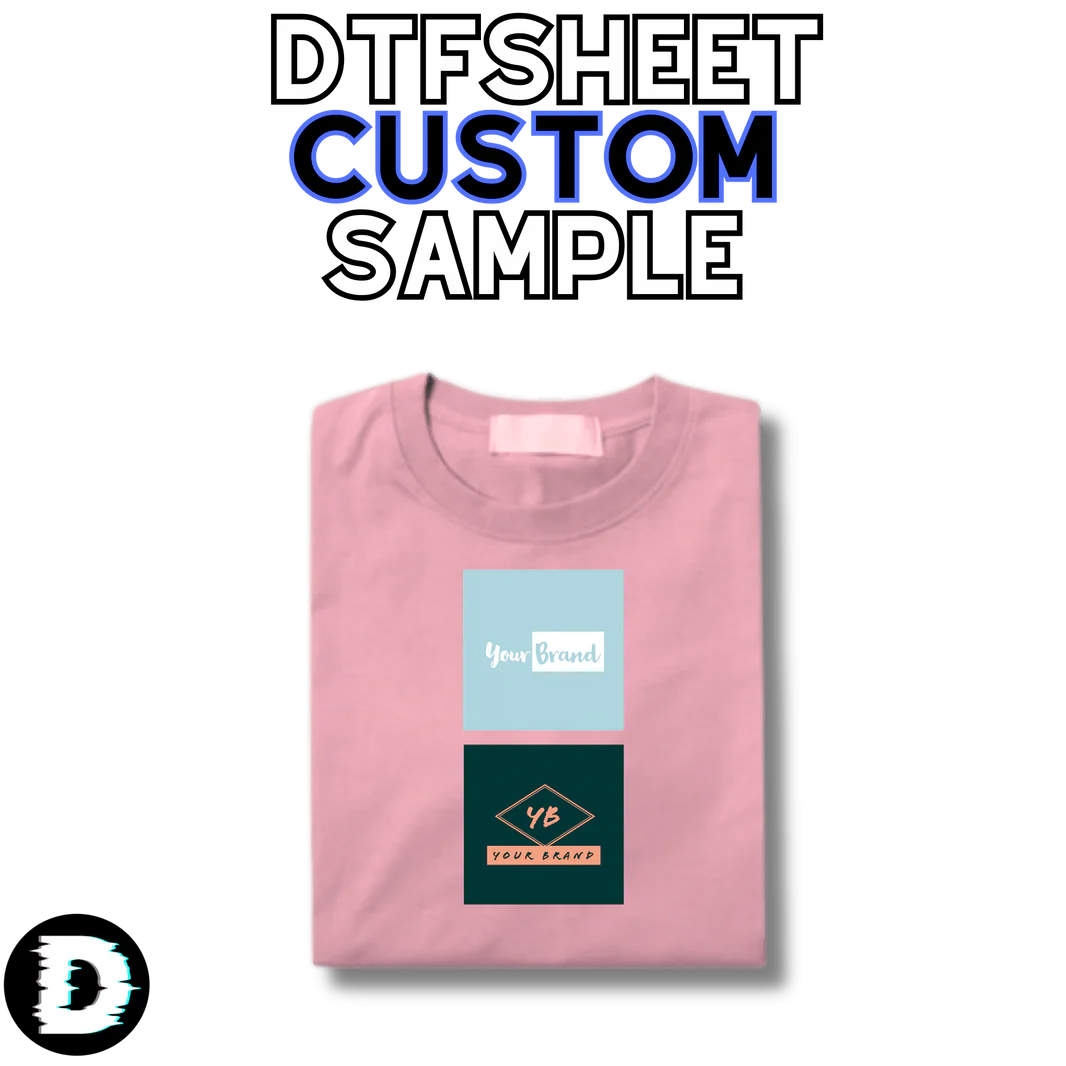Dtf prints are a printing method frequently used by textile companies. Multi-layered textures are obtained by transferring the designed prints to the surface with technological equipment. In order for the prints transferred to the surface to be prepared as a layered texture, they must go through certain stages. Prepared dtf prints are transferred to the digital environment and layers are created. In addition to colors and themes, care must be taken to ensure that the layers complement each other. The print to be transferred is transferred with a heat press and the film details go through the control stage. The protection of the textures in dtf print layers is successfully completed by passing through the last stage.
In dtf layered prints meticulously prepared with the help of designers, the color harmony and durability of the layered textures determine the quality of the products. If each design is similar to each other, the need for interesting design prints increases. Therefore, dtf prints with different themes are prepared in multi-layered printing textures and attractive prints are produced. While different designs appeal to all kinds of audiences and support many companies and businesses, they also allow for an increase in variety by directing the prints on various textile products.
When creating multi-layered textures in designs prepared with dtf printing, it is important that the layers are compatible with each other and applied correctly. As a result, multi-layered textures provide a quality result and reveal high-definition print designs. Designs are obtained by prioritizing the durability of the prints in line with the patterns and details. High-quality prints are offered with the correct adjustment of multi-layered textures.
Tips for Quality Prints
When making dtf prints, the clarity and color harmony of the print are remarkable elements. These elements are determined by viewing the design in a digital environment and prepared by going through appropriate stages. When making dtf printing processes, the most suitable prints and themes for the surface to be printed should be selected and an aesthetic ground should be prepared. The most important feature of quality printing is to meet the need and obtain the right result. In order to successfully achieve the right result, it is necessary to pay attention to elements such as the colors, details and shapes of the print design. After the shapes and details prepared in the right proportion are transferred, a quality print is completed with its colors, durability and aesthetic appearance.
When making multi-layered dtf prints, the design of complex and detailed prints is planned in advance and the transfer process is required correctly. In order to avoid the confusion of colors and patterns and to achieve an aesthetic appearance, a clear image is provided by paying attention to layered textures. A meticulous print transfer attracts the attention of many buyers and is in service as indispensable prints of textile companies. Print designs, which are a reflection of simplicity and elegance, are always the center of attention with their attractive appearance. Therefore, rich print designs are meticulous print types that appeal to everyone.
The durability of the prints determines their quality. Therefore, a durable printing system is created thanks to waterproof surfaces, prints that do not break or deteriorate due to washing, and inks consisting of non-chemical natural components. While multi-layered prints are obtained with dtf printing, the integration of the prints used with crack and fade resistant surfaces is ensured. In this way, the quality of the prints does not deteriorate with use and is long-lasting. Thanks to the long-lasting prints made by utilizing dtf technology, colorful design prints that are resistant to fading, the prints transferred to textile products provide comfortable use for years.



























